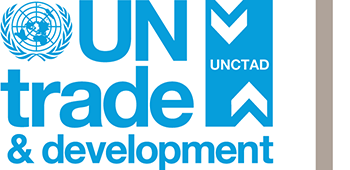In this paper, we summarize the findings of the Freie Universität Berlin / Boston University / UNCTAD Global Financial Safety Net (GFSN) tracker on crisis finance since the onset of the COVID-19 pandemic. The GFSN is commonly known as the set of institutions on the global, regional and bilateral level that provide balance of payments finance to countries in temporary financial distress. We show that, when grouping the countries in different income classes, provision of liquidity is highly unequal. Essentially, high-income countries are insured by the GFSN more adequately than low-income countries. At the same time, we find that the dynamics of liquidity and solvency risk similarly differ between different income levels. The group of low and middle-income countries is exposed to an increasing risk of rising debt service payments that is likely to rise further over the course of upcoming phases of the COVID-19 pandemic and recovery.
We find that the current GFSN does not allow support for all income country groups to respond adequately to a global liquidity crisis, as demonstrated by the COVID-19 pandemic. While the liquidity needs of low and middle-income countries (LICs and MICs) are not catered for by the GFSN to the same extent as are other income groups, especially advanced high-income countries (HICs) are awash with third-party crisis financial resources in relative terms, with upper MICs in a middle position.
Addressing a temporary liquidity crisis quickly and comprehensively can prevent it from transforming into a solvency crisis. We argue that inequality in the GFSN is a potential source of solvency problems for countries that have less choice and access to voluminous disbursement of emergency liquidity with adequate policy conditionality.
